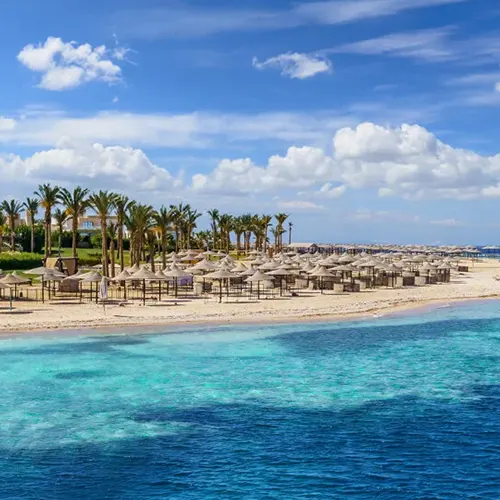
Salah El-Din Citadel or Cairo Citadel is built by Salah El-Din Al-Ayoubi, the founder of the Ayyubid Dynasty in 1176 to be a fortress and seat of rule for nearly 700 years. It stopped being the seat of the rule when Khedive Ismail transferred it to Abdeen Palace in 1874.
Salah El-Din Al-Ayoubi decided to construct this citadel on Mokattam hills for use this strategic position allowing him to expose the whole city and made it difficult to attack. In 1976, UNESCO considered it one of the heritage sites in Islamic Cairo.
This citadel houses several museums as the National Military Museum and the Police Museum and mosques as Sultan Al-Nasir Muhammad Mosque, Mosque of Suleiman Pasha El Khadim, and Muhammad Ali Mosque.
Al-Nasir Muhammad Mosque It was built in the Mamluk period in 1318. It distinguishes with its green Dom.

Muhammad Ali Mosque Muhammad Ali Pasha began its construction in 1830, but it was completed in 1857 by Said Pasha, son of Muhammad Ali Pasha. Muhammad Ali Pasha willed to be buried in this mosque so you can see his cemetery inside the mosque.

Muhammad Ali Mosque is also known as the Alabaster Mosque due to its walls are coated with alabaster. It was established in Turkish, as the mosque is divided into two parts. The first part is the courtyard, while the second is the house of prayer. Also, it distinguishes with its domes and minarets taking the pencil shape. Some opinions believe that this mosque is similar to the blue mosque belonging to Sultan Ahmed in Turkey.



